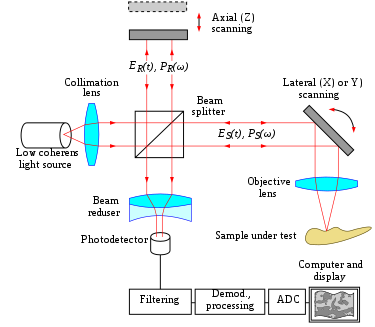-
Notifications
You must be signed in to change notification settings - Fork 0
New issue
Have a question about this project? Sign up for a free GitHub account to open an issue and contact its maintainers and the community.
By clicking “Sign up for GitHub”, you agree to our terms of service and privacy statement. We’ll occasionally send you account related emails.
Already on GitHub? Sign in to your account
Write Readme #2
Labels
documentation
Improvements or additions to documentation
Comments
Sign up for free
to join this conversation on GitHub.
Already have an account?
Sign in to comment



No description provided.
The text was updated successfully, but these errors were encountered: